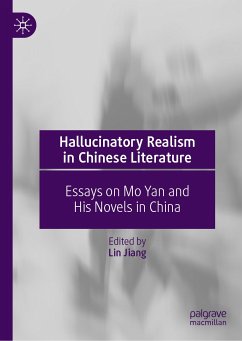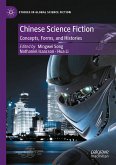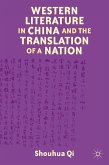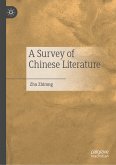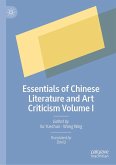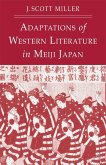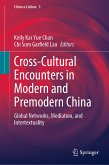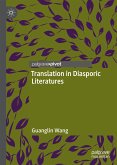This edited collection of 14 essays presents the most enlightening research findings on Mo Yan and his novels. The authors of the contributions are renowned Chinese scholars and critics from Mainland China, Chinese Hong Kong, and Taiwan like Li Jingze, vice president of Chinese Writers Association, Guo Jie, doctoral supervisor and vice president of South China Normal University, Cheng Guangwei, professor and doctoral supervisor of Renmin University of China, etc. In the book, a large range of topics have been discussed and explored, such as Mo Yan and the Chinese spirit, the revelation of Mo Yan, hallucination and localization, and folkness in The Transparent Carrot, Life and Death Are Wearing Me Out, Red Sorghum Clan, Big Breasts and Wide Hips, The Republic of Wine, Sandalwood Death, and Frog. This collection provides English readers and researchers the opportunity to learn what Chinese scholars and critics have argued about Mo Yan's styles and themes, as well as his relationship to the long canon of Chinese literature. Such a collection with fluid and yet accurate translations, the first of its kind in English, brings to the Western world the Chinese sensibility and critical analysis of this living Chinese Nobel laureate and his novels.
¿
Lin Jiang, Ph.D. in Translation from Nanjing University, is currently a professor and master's supervisor at Sichuan International Studies University. In addition, he serves as the vice president of Zhejiang Translators Association, an expert member of Translators Association of China, the executive vice president of International Association for Interdisciplinary Humanities and Social Sciences Research, and the editor in chief of Asia-Pacific Journal of Humanities and Social Sciences. His academic interest lies in translation theory and practice. He has conducted a number of high-level research projects, published over 20 books and more than60 academic articles, and edited four book series. As a translator, he has published so far a number of translated articles and works with a total of more than 2.6 million words.
Dieser Download kann aus rechtlichen Gründen nur mit Rechnungsadresse in A, B, BG, CY, CZ, D, DK, EW, E, FIN, F, GR, HR, H, IRL, I, LT, L, LR, M, NL, PL, P, R, S, SLO, SK ausgeliefert werden.
Es gelten unsere Allgemeinen Geschäftsbedingungen: www.buecher.de/agb
Impressum
www.buecher.de ist ein Internetauftritt der buecher.de internetstores GmbH
Geschäftsführung: Monica Sawhney | Roland Kölbl | Günter Hilger
Sitz der Gesellschaft: Batheyer Straße 115 - 117, 58099 Hagen
Postanschrift: Bürgermeister-Wegele-Str. 12, 86167 Augsburg
Amtsgericht Hagen HRB 13257
Steuernummer: 321/5800/1497
USt-IdNr: DE450055826
Bitte wählen Sie Ihr Anliegen aus.
Rechnungen
Retourenschein anfordern
Bestellstatus
Storno

